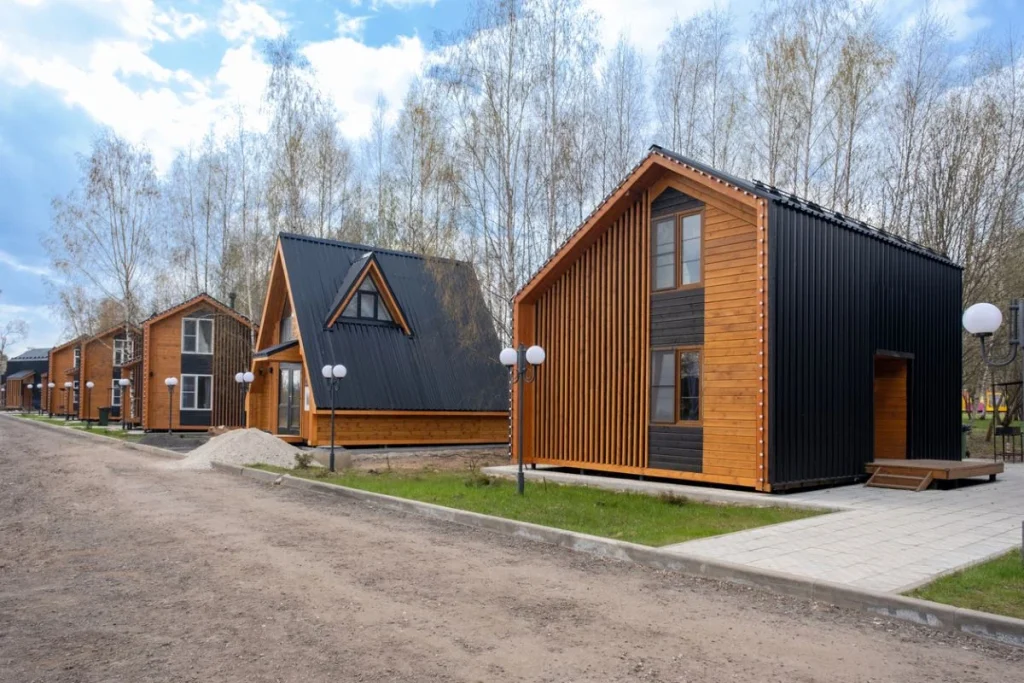Inside the Tiny House Boom in the USA: Exploring the Minimalist Movement
In recent years, the tiny house movement has gained momentum across the United States, transforming not just how people live, but how they think about housing, sustainability, and freedom. Once considered a fringe lifestyle, tiny homes have now become a mainstream option for those seeking simplicity, mobility, affordability, and eco-conscious living.
From downsizing to decluttering, Americans are rethinking their relationship with space and stuff. But what’s fueling this shift? And what is it really like to live in a house that’s often no larger than 400 square feet?
Let’s dive into the heart of the tiny house boom and explore why thousands are embracing the minimalist lifestyle in the land of the big and bold.
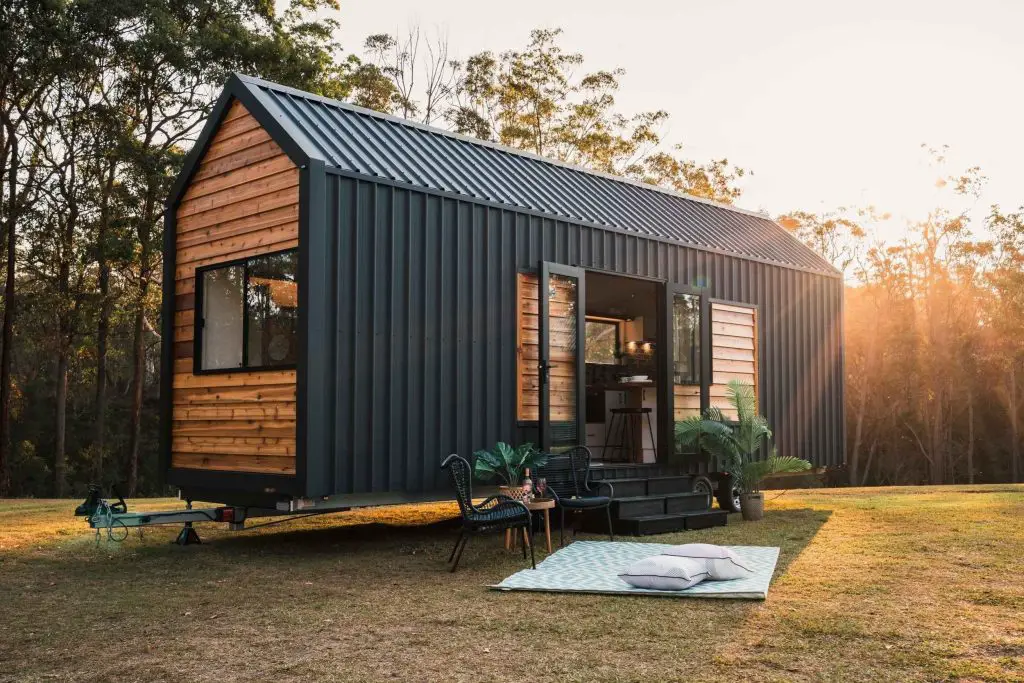
What Is a Tiny House?
A tiny house typically refers to a residential structure that is under 400 square feet. These compact homes come in various styles—some built on wheels for mobility (THOWs: Tiny Houses on Wheels), others built on foundations. Despite their size, they often include full kitchens, bathrooms, lofted bedrooms, and clever storage solutions that maximize every inch of space.
The movement isn’t just about small houses—it’s about living intentionally. Tiny home dwellers often prioritize experiences over possessions, environmental sustainability over excess, and financial freedom over a traditional mortgage.
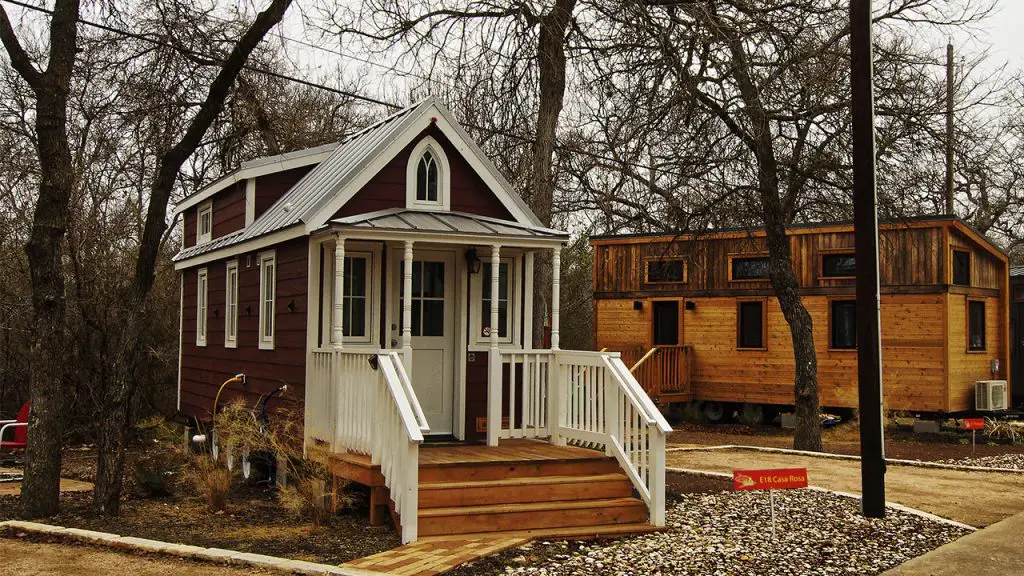
Why Are Tiny Houses So Popular in the U.S.?
Several factors are driving the rise of the tiny house movement in the United States:
1. Affordability and Economic Pressure
With skyrocketing housing prices in cities like San Francisco, New York, and Los Angeles, many Americans—especially millennials and retirees—are seeking alternatives. A tiny house can cost anywhere from $30,000 to $100,000, significantly less than the median U.S. home price of over $400,000.
Without a 30-year mortgage, some homeowners report being debt-free for the first time in their lives.
2. Minimalism and Decluttering
Inspired by books like The Life-Changing Magic of Tidying Up by Marie Kondo and documentaries like Minimalism, people are reevaluating their need for space and material possessions. A tiny home forces residents to pare down their belongings and focus on what truly matters.
3. Environmental Impact
Tiny homes use fewer resources, consume less energy, and often come with eco-friendly features like solar panels, composting toilets, and rainwater collection systems. In a world increasingly aware of climate change, this lighter footprint is a strong selling point.
4. Flexibility and Mobility
THOWs allow homeowners to move around the country with ease—ideal for digital nomads or those with a wanderlust spirit. Some tiny home enthusiasts even travel across national parks, staying off-grid while enjoying the scenic beauty of the U.S.
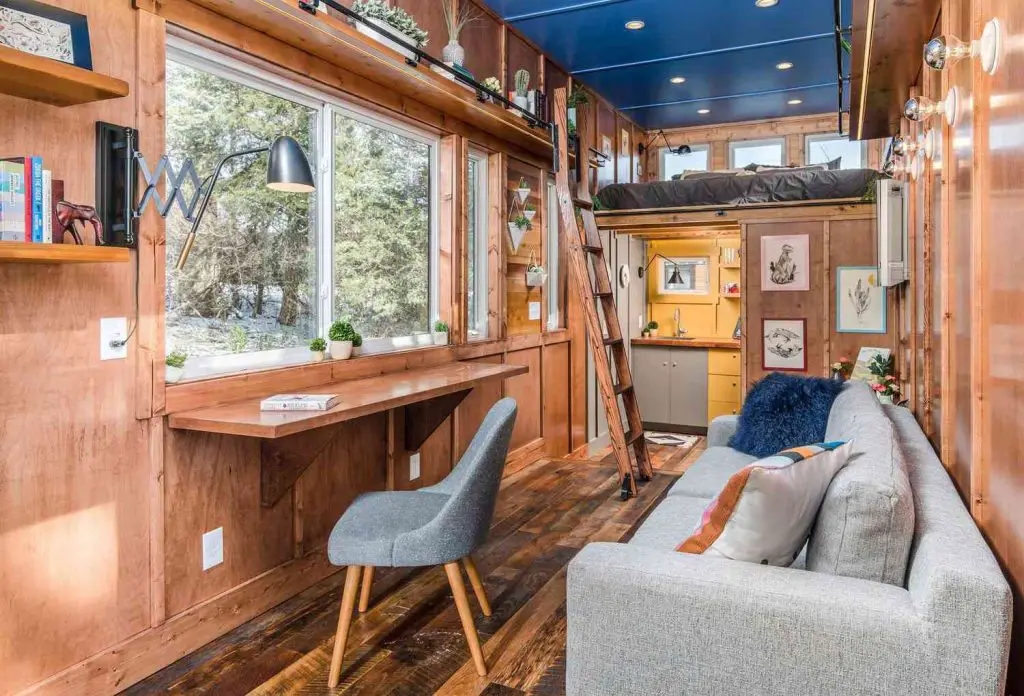
A Look Inside: Touring Modern Tiny Homes
Contrary to what you might expect, modern tiny homes are not cramped or dingy. With clever architecture and design, they often feel cozy and luxurious.
✦ Smart Design
Open floor plans, high ceilings, and strategic lighting make tiny spaces feel much larger. Many include features like sliding barn doors, pull-out pantries, under-stair storage, and convertible furniture.
✦ Customization
Tiny homes can be fully customized based on lifestyle. For example, some are designed for families with kids and include bunk beds and play areas, while others cater to remote workers with built-in desks and high-speed internet setups.
✦ Outdoor Living
Because of their size, many tiny homes are designed with outdoor decks, rooftop patios, or garden spaces, extending the living area and encouraging a closer connection with nature.
Real Stories: Why People Are Going Tiny
✧ Sarah & Jason (Portland, OR)
“We were drowning in debt and working overtime just to keep up with rent,” says Sarah. “After moving into our tiny house, we cut our expenses by more than half and finally started saving. It was the best decision we’ve ever made.”
✧ Rob (Austin, TX)
As a digital nomad, Rob lives in a mobile tiny house and works remotely. “I’ve been to 14 states in the last year, all while living in my own space. No hotel hopping, no leases—just freedom.”
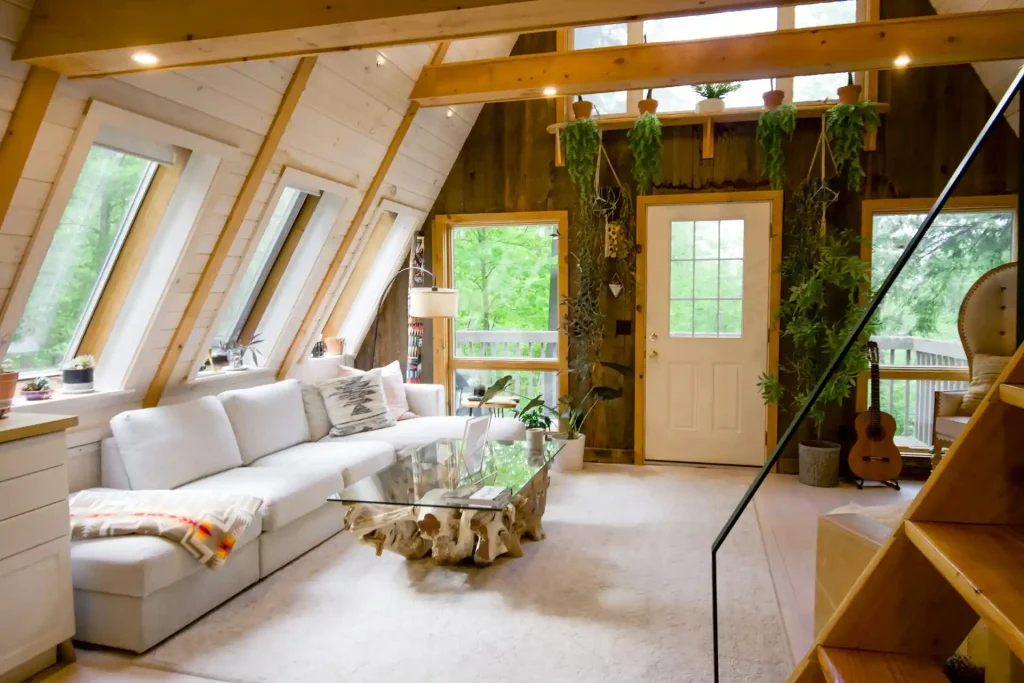
Challenges of Tiny House Living
While the lifestyle can be freeing, it’s not without its difficulties:
➤ Zoning Laws & Regulations
Many cities still have outdated zoning codes that restrict tiny house construction or limit where they can be parked. Navigating the legal side of tiny living is often the biggest hurdle for new adopters.
➤ Space Constraints
Living in a tiny house requires major lifestyle adjustments. Downsizing isn’t just physical—it’s emotional. Parting with sentimental items or adapting to smaller appliances and shared spaces can be difficult at first.
➤ Weather & Utilities
Off-grid living comes with its own set of challenges. Power outages, water shortages, and heating/cooling issues are more common than in traditional homes unless you invest in robust systems.
Tiny Home Communities Are on the Rise
To meet demand, tiny house villages and communities have started popping up across the U.S.—from eco-villages in Colorado to artist collectives in California. These communities often provide shared amenities like communal gardens, workspaces, and even coworking hubs.
Some states, like California, Oregon, and Washington, are more tiny-home friendly, with laws that support alternative dwellings as solutions to housing shortages and homelessness.
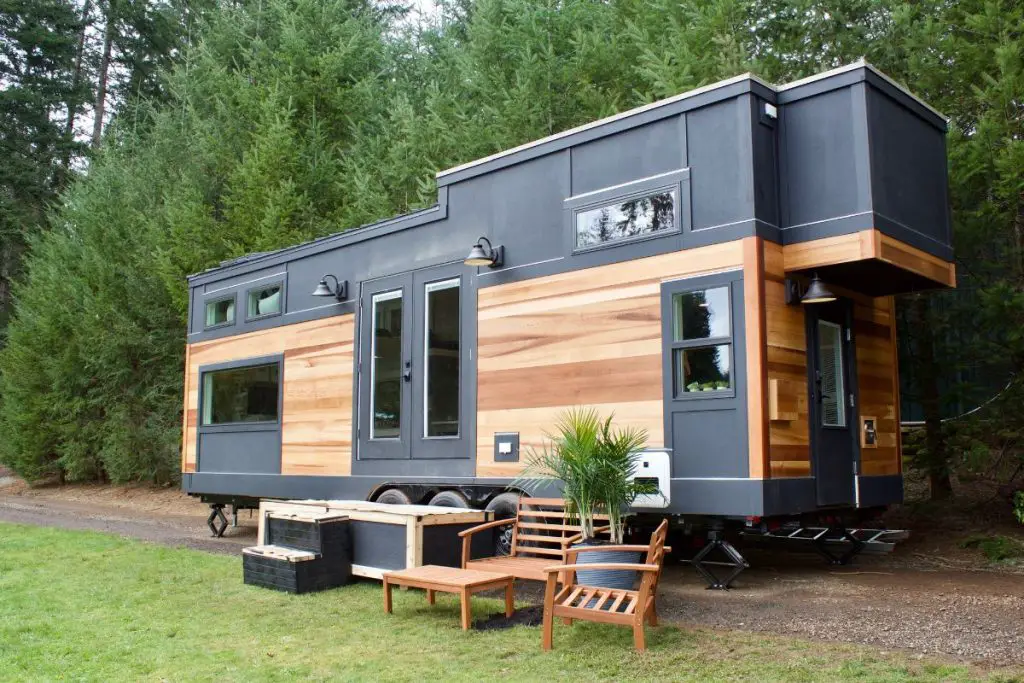
Is Tiny Living Right for You?
Before jumping in, it’s important to ask:
-
Are you comfortable with a significantly smaller space?
-
Can you part with most of your belongings?
-
Are you prepared for DIY maintenance or off-grid systems?
-
Do local laws support tiny homes?
If you answered yes to most of these, a tiny home might be the perfect lifestyle upgrade—offering freedom from debt, a lighter environmental footprint, and a deeper connection to what really matters.
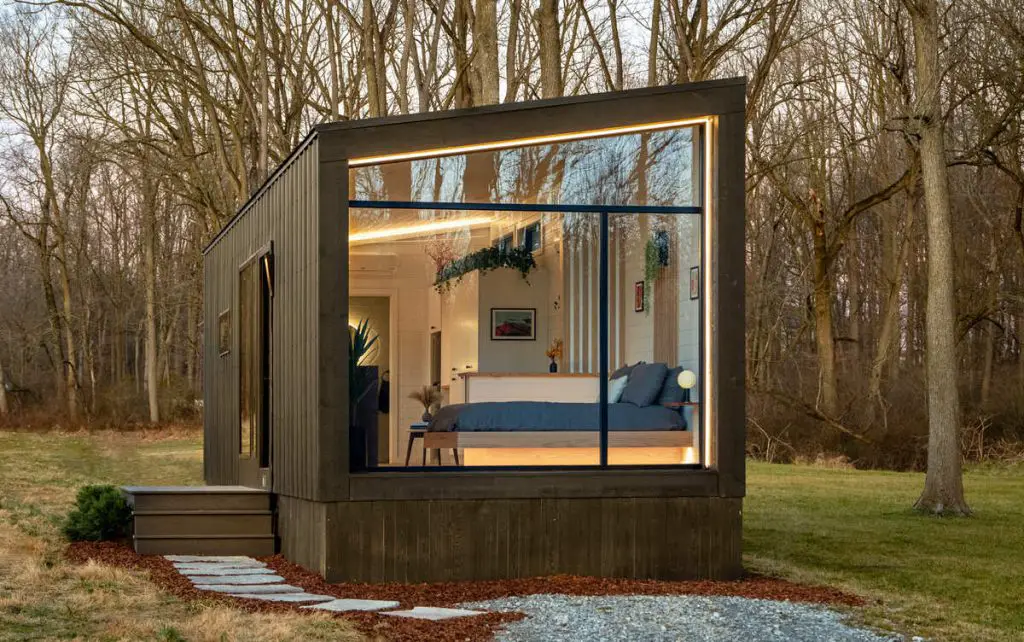
Final Thoughts: More Than Just a Trend
The tiny house movement is more than a fad—it’s a philosophical shift. In a culture that often equates success with square footage and accumulation, going tiny offers a refreshing alternative: one rooted in intentional living, sustainability, and financial freedom.
Whether you’re downsizing to retire, simplifying life after burnout, or just seeking more flexibility, tiny homes represent the idea that less can truly be more.
As housing costs rise and environmental concerns grow, it’s likely that the tiny house trend will continue to expand—not just as a housing option, but as a cultural movement redefining the American dream.


